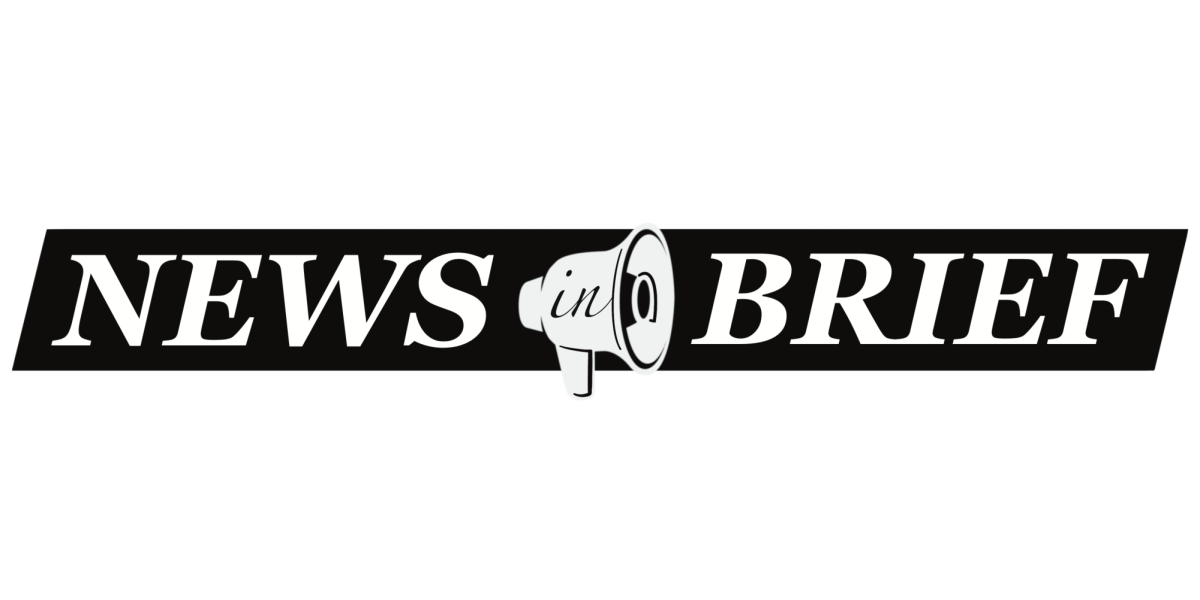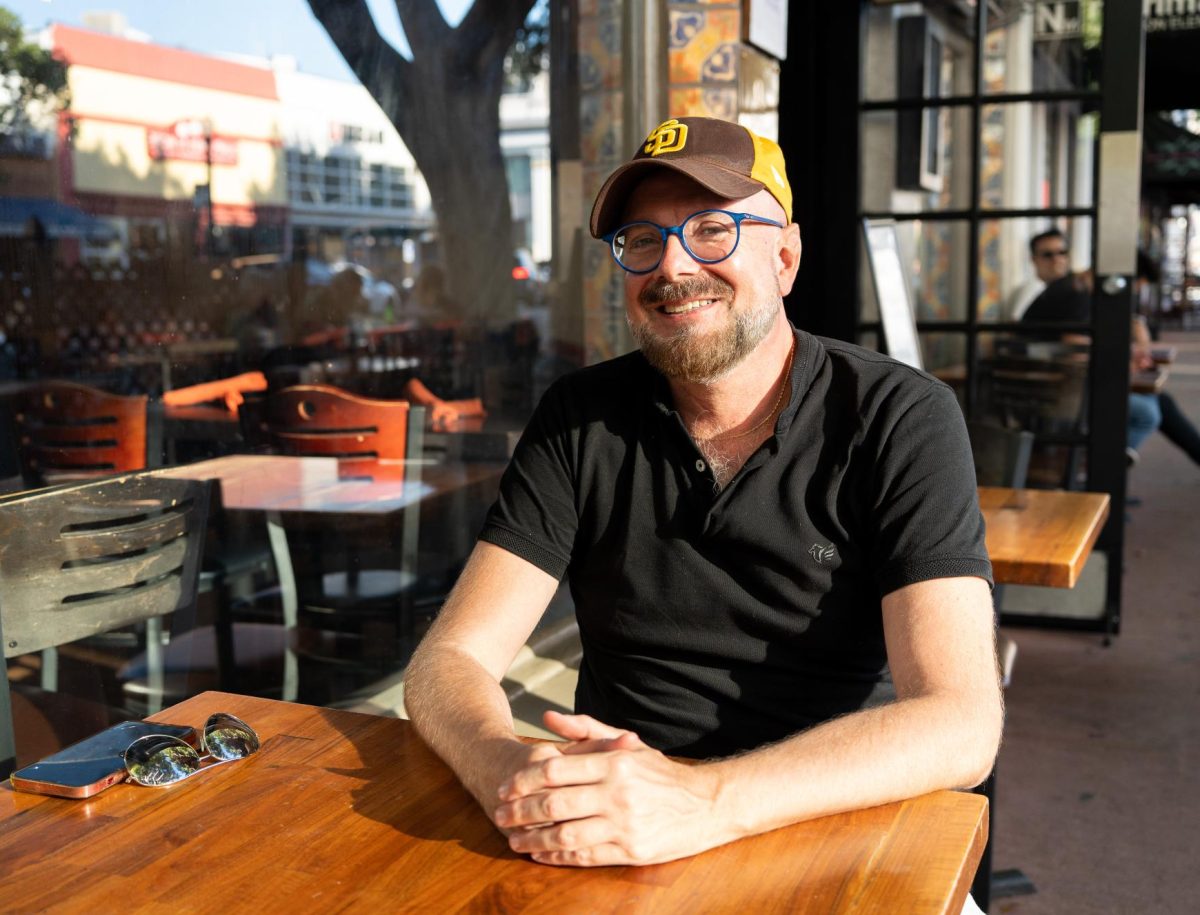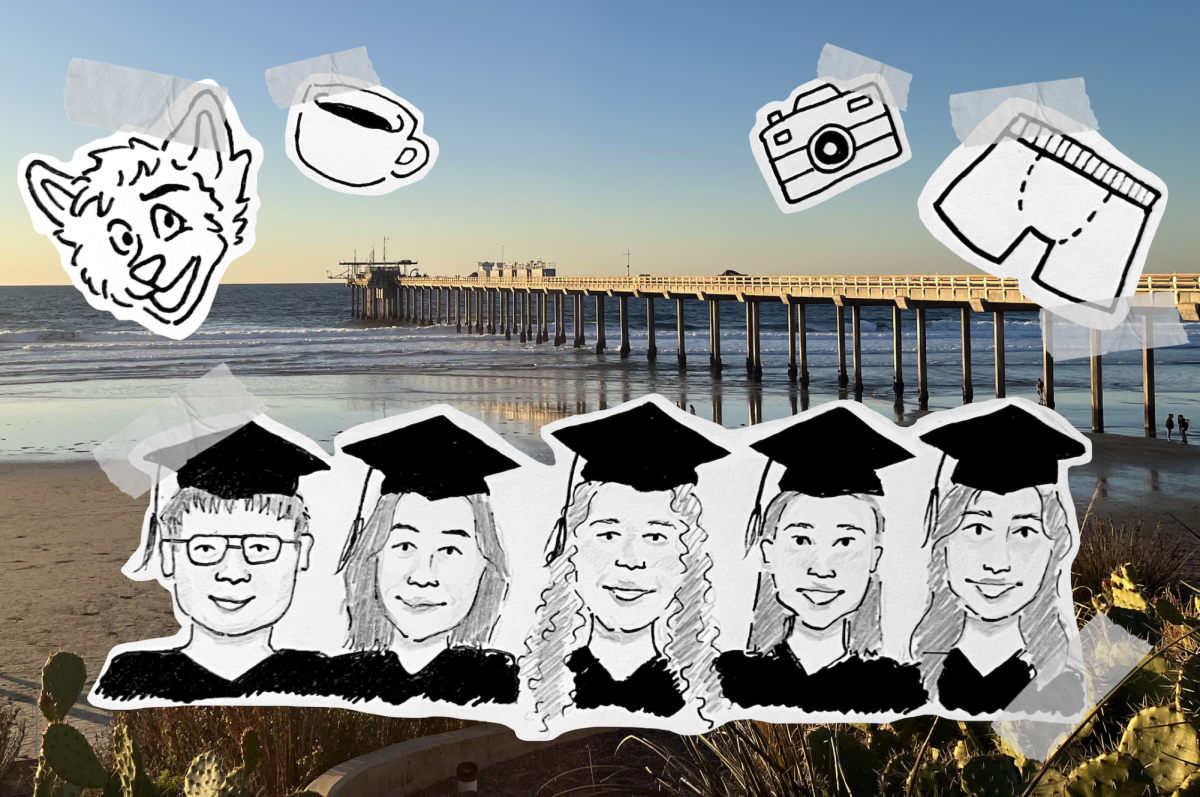STUDENT CENTERS AND HEALTH — As the popularity of medical
school continues to grow, the UCSD School of Medicine, following suit with
similar institutions across the country, is beginning to substantially expand
its class sizes in accordance with requests from the Association of American
Medical Colleges.
But this isn’t necessarily good news for UCSD’s flock of
eager pre-med undergraduates.
Although UCSD’s medical-school class sizes will be expanding
up to 30 percent by the year 2015, applicants should not feel encouraged just
yet. Med-school applicants’ chances of admission may be significantly worse in
the coming years, despite the expansion, because of an increasingly competitive
medical school applicant pool — meaning bad news for applicants, but great news
for the medical schools to which they are applying.
This year, the
of
start on its growth plan by increasing its number of graduate students by 10
percent — accepting a whopping 12 additional applicants for a total of 134 enrolled
students out of over 5,000 highly qualified candidates.
This very slight increase in addmission does not make much
of a difference, considering that the number of applicants to the medical
school has increased 5 percent each of the past five years — making enrollment
at UCSD continually more selective.
This acceptance selectivity is not unique to UCSD: With
nationwide trends in med-school applications soaring, the mere 2.3-percent rise
in enrollment nationwide cannot keep up with the 8.2-percent increase in eager
applicants throughout the country.
So what does this mean for the flood of biology majors,
Geisel library frequenters and
volunteers who dream of one day becoming surgeons, anesthesiologists and
pediatricians? If one thing is for sure, it’s that achieving those dreams is
going to be much more difficult if current applicant and enrollment trends
continue, particularly because both the quantity and quality of applicants is
increasing drastically. According to AAMC, this year’s medical school
applicants have the highest undergraduate grade point averages and medical
college admission test scores on record.
The negative repercussions are obvious for applicants: Since
the rate of qualified applicants is clearly overwhelming enrollment rates for
medical schools, many hardworking students will go to great lengths by cramming
for MCATs, acing their courses, volunteering and researching, but still won’t
be guaranteed a spot at the graduate school of their choice.
Activities and recommendations that were once used to one-up
other applicants are now practically requirements. Community service and
straight As are expectations, not recommendations, for most prestigious medical
schools.
In order to keep up, undergraduates are expected to work
even harder if they wish to remain a cut above the competition. The activities
these schools recommend for students to become more competitive seem too
overwhelming to accomplish in a 24-hour day.
Fortunately, there are some winners in these unfortunate
circumstances: Stringent selectivity has definite positive repercussions for
those picky medical schools, at least. Since undergraduates are becoming
increasingly competitive, applicants who do get into medical school are often
well-prepared, having volunteered at hospitals or worked hands-on in research
labs.
Ideally, this should result in a generation of highly
committed and highly skilled future physicians. Selectivity will weed out students who may not be fully
committed, and reward those who have dedicated their undergraduate careers to
hitting the books and sacrificing Saturday-night fun in order to study.
Not only do these dedicated students mean good news for
medical schools, but society should also benefit significantly from the
superior doctors that these medical schools produce.
In spite of the unpromising statistics and ever-increasing
competition, UCSD pre-meds won’t have to give up getting into medical school
entirely. As long as they do extremely well academically, get fantastic GPAs,
obscenely high MCAT scores, write impressive personal statements, attain
research experience, have volunteer experience at hospitals and do well on
their interviews, admission to medical school is virtually guaranteed. Of
course, it also helps if in addition to that, they have spectacular letters of
recommendation, community-service activities and relatives who chair medical
school admissions committees.
But even if these unfortunate undergraduates don’t get
accepted to the graduate schools of
their dreams, they can still rejoice in
the fact that their future doctors were way more competitive than they were in
college, which obviously makes them more qualified and dedicated as well.
At least that’s what everyone hopes for.







